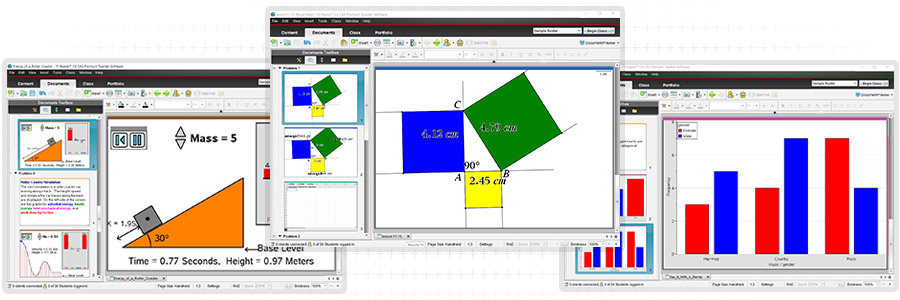

I’ll post any responses.Įnter your email address to follow this blog and receive notifications of new posts by email. I’d love to hear how any of you approach the problem. To establish the area condition, I offer a proof without words. The emergence of a highly ordered parallelogram from a seemingly random quadrilateral was inevitable! As one of my students said, “Math works.” Two triangles sharing the same base doesn’t seem like a condition imposing lots of order, but that is just enough to lay the inevitable conditions for creating a highly structured parallelogram. That is sufficient to establish that WXYZ is a parallelogram. Draw diagonal AC of ABCD, creating triangles ABC and ACD.īy the triangle property noted above, segments WX and ZY are each parallel to and half the length of WXYZ. In any quadrilateral ABCD, let W, X, Y, and Z be the respective midpoints of segments AB, BC, CD, and AD.

That insight reminded me of a cool triangle property: In any triangle, if you connect the midpoints of two sides, the resulting segment is parallel to and half the length of the third side. My great insight happened when I imagined a diagonal drawn in a quadrilateral, splitting the original into two triangles. Find your own proof before reading further.įINAL SOLUTION ALERT! DON’T READ FURTHER UNTIL YOU HAVE YOUR OWN SOLUTION. I thought a while through various approaches to discover an elegant way to prove this, and in the process discovered the area solution. No matter what type of non-overlapping quadrilateral you draw, a parallelogram always seems to emerge. Using my TI, I was able to quickly explore an entire spectrum of results. I suggest using TI-nSpire, Geogebra, Geometer’s Sketchpad, or some other dynamic geometry software to model this. PARTIAL SOLUTION ALERT! DON’T READ FURTHER UNTIL YOU’VE PLAYED WITH THE QUADRILATERAL PROBLEM ABOVE! The joy of mathematical discovery is worth it! Above all, give yourself and your students lots of time to explore. I love the stunning and unexpected emergence of order.ĭon’t read any further until you’ve played with this for yourself. So long as the sides don’t overlap, nothing else matters. 1) What shape does the resulting quadrilateral always assume? 2) How does the area of the new quadrilateral compare to the area of the original quadrilateral? Of course, you need to prove thy claims.ĭraw several different quadrilaterals in your investigation. Connect the four midpoints in clockwise order. Place a point at the midpoint of each side. Not having taught geometry for several years, I’d forgotten about it until I encountered it again last week in Paul Lockhart’s Measurement.ĭraw any quadrilateral with non-intersecting sides.
Ti nspire software draw mac os x#
Curio T23:45:26+08:00 T23:45:26+08:00 application/pdf arthur Untitled Mac OS X 10.5.The first time I recall encountering this problem was about 10-15 years ago when I was reading David Wells’ Curious and Interesting Geometry.
Ti nspire software draw download#
Please download the sample files for the workshop here > )/Type/Annot/AP>endobj864 0 obj>endobj865 0 objendobj866 0 objendobj869 0 objendobj870 0 objendobj871 0 objendobj872 0 objendobj875 0 obj/ProcSet>/Type/XObject/BBox/FormType 1>stream


 0 kommentar(er)
0 kommentar(er)
